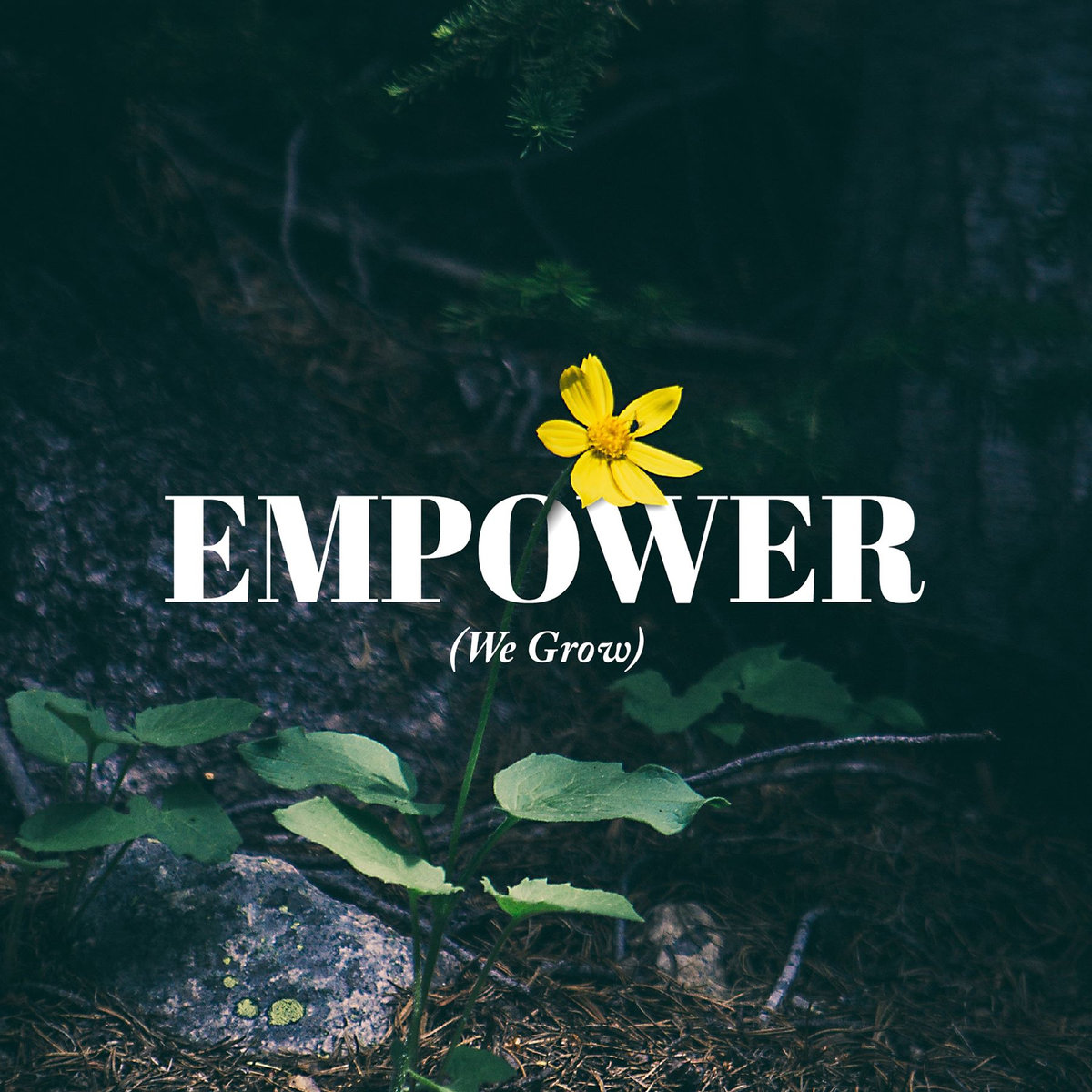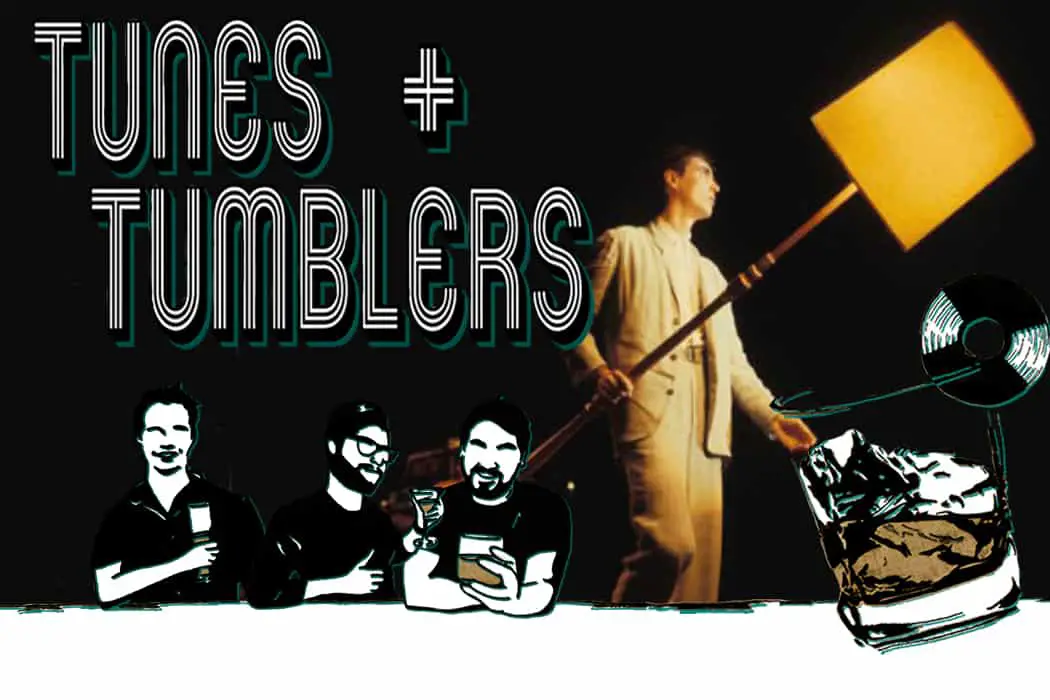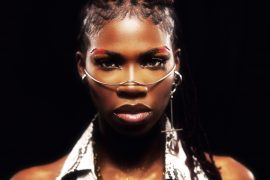Canadian singer-songwriter JP Saxe discusses his evolution as an artist, the songwriting process, new single “Same Room” and more!
Stream: “Same Room” – JP Saxe
I don’t need to be f***ing miserable in order to be a songwriter.
If you haven’t heard of JP Saxe yet, then you’re literally missing out one of the finest singer-songwriters around right now. His vocal tone is nothing short of utterly enthralling, gracefully drawing you into the narrative that he’s poignantly describing. Even after just a single listen to one of JP Saxe’s songs, it’s hard to not get deeply attached to the instant familiarity and welcoming nature of his voice. That connection and attachment that he so masterfully crafts is also, in part, due to the conversational style of his lyricism, inducing the listener to feel as if they’re listening to an old friend rather than just another singer-songwriter.

I watched a TED talk on heartbreak
He had a smart person accent
He said “Don’t look through the photos”
Then I looked through our photos
You came to Portugal in 2014
Just to spend a couple days with me
You flew halfway round the world for me
There’s an emotional intimacy to his work that delicately thrusts you into Saxe’s headspace, making you feel as if you’re almost experiencing the moment in tandem with him. His latest single “Same Room” perhaps serves as the best example of that; with his perfectly crafted lyricism flawlessly encapsulating feelings of awkwardness, anxiety, sorrow and melancholic heartache.
While, for some, the song’s chorus may not be as instantly enrapturing as the chorus of JP Saxe’s breakthrough track “The Few Things”, but subsequent listens of “Same Room” begin to reveal the song’s hidden layers and depth. Every single line has the potential to wrap itself around your head for days, with the only release being diving right back into the track. To accompany “Same Room”, JP Saxe today released a stunning video which serves to represent the distressing, and often confusing, feeling of being around someone who you were once completely enamoured with and those feelings of awe being reciprocated.
Utilizing pieces of string as a visual interpretation of how our lives easily intertwine with the lives of people we deeply care about; the video highlights how the memories we make and the moments we share with a significant other still serve as an integral and irremovable part of us as people, even after they’re gone. Similarly to JP Saxe’s video for “The Few Things,” the video itself isn’t overly complicated – but there’s an astonishing amount of astounding beauty to be found in the video’s relative simplicity.
Atwood Magazine talked with Canadian singer-songwriter JP Saxe about his evolution as an artist, songwriting process, new single “Same Room” & more!
Now we can’t even be in the same room
My friends are making sure I don’t see you
I strategize a path to the bathroom
So I don’t walk past you

A CONVERSATION WITH JP SAXE
Atwood Magazine: Probably the most important question of the whole interview; which TED talk do you reference at the start of “Same Room”?
Very good question. It’s called How to Fix a Broken Heart by Guy Winch. I mean it’s a true story, I got home, the night I wrote that song, from a concert that I didn’t anticipate being a risk to go to. I got home that night, it was like three days after the relationship ended and I was sitting on my couch, scrolling through Instagram, trying to feel nothing. I had made the mistake of following TED talks on Instagram sometime in the past. So that popped up which is definitely some weird face recognition thing or some creepy algorithm.
So I clicked into that TED talk and at maybe the three-and-a-half-minute mark, Guy said: “you can’t let yourself look through the photos.” At which point, I paused, opened up my camera roll photos and looked through some photos. I was both laughing at myself for being incredibly bad at looking out for my emotional self, and still very much in the middle of going through it. Then I wrote the song that night.
Obviously, there are some very personal details on “Same Room”. Is there is any apprehension releasing that out into the world?
JP Saxe: I mean, the personal details are very much of my experience of a person rather than personal details of another person. So, I don’t feel much apprehension at sharing the experience itself, only in the sense that it’s a little bit detached as they’re not about me, they’re not about her, they’re about my experience of her. The separation between those things is important in both respects, for my own personal life and for respecting her personal life. It’s important for me to recognise what is and isn’t appropriate for me to be representing in my art.
“Same Room” is your debut track on Arista Records, and serves as your major-label debut. What was it about the track that made know it was the right one to release?
JP Saxe: It was the first song I’d written in the post-love era of my life and that sort of marked a new beginning for me when I’d written it. So there was something symmetrical about, you know, a year after writing the song having that mark the beginning of my career in a similar way, as it has marked to be a new beginning in my emotional life. It was also the first song that the President of the record label had really responded to and got really excited about.
The video for “Same Room” is literally incredible. I’d love to hear about the filming and creative process behind the video.
JP Saxe: The director Jade had presented the concept of showing the way our attachments to people shift and change, and then hold space within us after those people are no longer holding that space, so that’s the allegory of the strings. Those strings show the thread between you and another person and I’m a big fan of just kind of overarching allegory visually as a way to represent the same emotional states that I’m looking to in these songs.
For “The Few Things”, we had me in a big glass box and in “Same Room” we have me wrapped up in threads around a person and then slowly comes apart. Then I’m left holding them on my own when she’s no longer there, and figuring out what to do with my connections to a person when they’re no longer connected to that person.
I love how it’s so simple but so effective and emotive at the same time. It’s incredible.
JP Saxe: Yeah, I mean, things being weird and simple is kind of my jam.
Within the lyricism of all my favourite songwriters, there’s always like a line in a verse that I’m just blown away by. I love the line “I’m knocking out the next guy who says at least you’ll get some break-up songs” within “Same Room.” At what point do lines like that or the overarching theme of a song typically come during the songwriting process?
JP Saxe: I think that was straight out of a journal entry. Most of the lyrics to my songs are straight out of journal entries. I find if I try and write a song, it never really goes nearly as well as if I just write down what my internal dialogue is and then read over it later and think like oh that thought just came out organically when I was just being transparent with myself in a journal and that thought might end up in a song.
Sometimes when I sit down the piano and I’m just playing; I’ll find myself unconsciously kind of mumbling and saying to myself things that I put in the journal. I mean like after a breakup people in their attempt to be optimistic are like insensitively pragmatic, real fucking fast. That’s something that I’ve certainly experienced and I think a lot of people experience it. It’s just a very human characteristic to listen to someone else’s problems and then jump to try and fix it.
I think more often than not, that’s not what we’re really looking for because it’s not really something that the other person is gonna just like explain away. You just kind of need them to just be there and listen. A lot of people feel burdened by other people’s problems sometimes because they feel a responsibility to fix it, and I understand that there’s no ill-will from people in my life that are like “I know this is hard man, but just think about all the songs.” In my head, I’m like I don’t know bro, my love songs were good too. I don’t need to be fucking miserable in order to be a songwriter. I’m just going to live my life and try and be happy, then write about whatever is on my mind right now. Then I guess there’s actually some irony in the fact that that’s actually a line in a break-up song (laughs).
I don’t need to be fucking miserable in order to be a songwriter. I’m just going to live my life and try and be happy, then write about whatever is on my mind right now.
You always co-write with Ryan Marrone; how did your collaboration start?
JP Saxe: Yeah, I mean, he’s my best friend and he’s been my primary creative partner for five years, every song up to this point that I had put out has been something that I’ve brought him and that he’s produced. That’s been my creative partnership and he’s phenomenally talented. I also just like enjoy spending time with him and at the end of the day, you know, our careers and creative lives are also just our lives. So being around people you want to spend time with, if they’re also very talented, is just the ideal scenario.
The next question wasn’t supposed to be a cringy question, but it somehow turned into one. “Changed” was the first track you dropped back in 2017; what’s the biggest change you’ve noticed within yourself as an artist since then?
JP Saxe: It’s not cringy, I’ve definitely gotten worse questions than that. Umm I’m trying to figure life out and be in the moments I’m in a little bit more. I think around the time I wrote “Changed”, the like out-of-control control freak version of myself was like “Oh, if I just figure out everything for myself before I get there then nothing can harm me and I’ll just be like impermeable to pain.” I have since realised, it’s kind of been the biggest change of my life over the past couple of years, that I don’t have to figure everything out for my future self yet because my future self has fucking got it. I don’t mean to sound like a self-help book in this interview right now, but you asked me how I’d changed and that was just the first thing that came to mind.
“The Few Things” is literally probably one of my favourite songs of all time. You initially released the song as a solo release and then a version with Charlotte Lawrence, which just made me love the track even more. How did that version with Charlotte originate?
JP Saxe: She’s my friend and I thought it would be fun for that song to exist as a duet version. I was looking for who it could possibly be with and I was with Charlotte at like a jam with friends. Then she was telling me that she loved that song and then I text her the next day and was like “hey, wanna sing it with me?” and she was down. And then the next day, she came to the studio, and she cut it and it was about as easy as a collaboration could be.
That’s awesome. I saw her show in Manchester like a couple of months ago, it was so incredible.
JP Saxe: Yeah, she’s amazing.
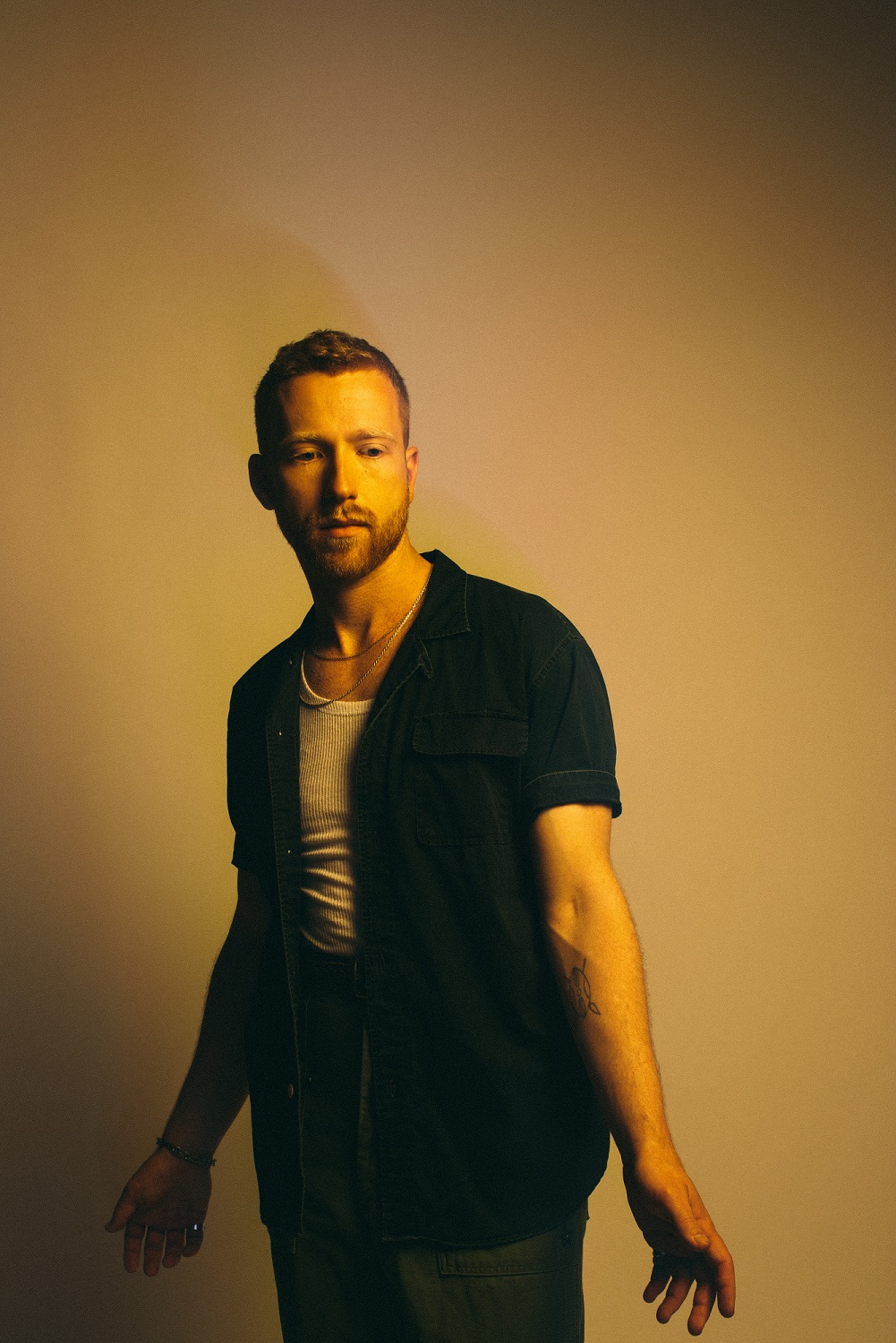
Did you ever have any inclination that “The Few Things” would resonate with as many people as it has?
JP Saxe: I knew it really, really felt like what my love felt like at the time and that’s always what I’m sort of going for in every one of my songs; to try and understand with my journaling and with my writing what the real-life experience that I’m in feels like and hold that feeling in front of me. So when I’m writing a song, I can compare the feeling the song is giving me to feeling the experience is giving me. As long as those two things aren’t the same, the song doesn’t feel right yet. The process of getting the song right is matching the feeling of the song to the feeling of my experience and when those two things come together, that’s what I’m living for as a creative and as an artist.
I knew with “The Few Things” that it was a pretty specific loving feeling that I was in and that song kind of hit that same specific feeling. So in that sense, I’ve always loved the song and it’s been really amazing and a blessing to see other people around the world feeling like they’re getting to experience that same articulation of that love for someone.
I hadn’t heard of post-breakup vacations until I heard “25 in Barcelona”; where did that like concept come from? And why did you choose Barcelona?
JP Saxe: I mean, it wasn’t a concept; it just kind of happened. My birthday was shortly after my breakup and so was her birthday. Her birthday was just an awful day for me, I was quite miserable. When my birthday came around a couple weeks later, I was like “argh, I don’t want to be as miserable on my birthday as I was on her birthday. So like, a few days before, and I called a friend, I was like, “Yo, I want to do something for my birthday that’s like, better than what I would have done with her. Want to go to Barcelona?” He was like “Okay, I am down.” And then me and two friends, one of them being Ryan Marrone went to Barcelona for my birthday. I wrote that song the day after my birthday which was what I do when I feel things. I pick up a guitar and turn it into shit.
Is that normally the case? Like when you’ve felt something emotionally impactful, are you always drawn to writing a song about it? Or do you sometimes let it linger for a while?
JP Saxe: Sometimes it lingers. There’s no sort of set rules. But certainly with that song, I wrote in Barcelona, I wrote it the day after my birthday and there was nothing about like this would make a cool song about that. It was very much just exactly what was going on.
So that song was part of Both Can Be True Part One, which was part of your first of body of work. What does releasing a body of work means as an artist looking forward to the future? And what would you want it to represent in sort of a narrative sense or whatever in it?
JP Saxe: The concept on Both Can Be True was, at the time, I was thinking about how love can be over and real at the same time and just because I wasn’t in the feeling that I had been writing about and been experiencing while in that relationship, didn’t mean that they speak to this. It just meant that I was now in something else.
So the statement of putting a song, like “Blurry”, which was about being entirely lost in a moment with one person and having it be the best thing in the world paired with a song about being on the other side of the world and being still entirely lost in them and have it be kind of shitty. That like, parallel connection felt like an important statement to me. To say that these two opposing feelings can hold the same space without like cancelling each other out.
You’re supporting Noah Kahan on his upcoming American tour. I’m currently obsessed with his debut album, it’s phenomenal. How are you feeling about it and are there any cities you’re especially excited to visit?
JP Saxe: I mean, I’m so excited. I love Noah’s music. Being on tour makes me happy; it makes everything feel more real because, you know, a Spotify stream is a pretty intangible thing. I don’t really know how to hold that. Being able to play for a group of people who either do or don’t my music but I get to have an intimate conservation with around these songs is incredible. That’s what this is for at the end of the day. At least, that’s what makes it feel the most real.
So I love being on tour and getting to do it with an artist I really respect makes it all the better. I’m also really excited to be home; we have a Toronto show and there’s something always really special about a hometown show.
Finally, what excites you the most about the future and the ways in which you can share your music?
JP Saxe: I’m excited to feel new things and then I’m excited to see what new songs come from those new feelings. And then I’m excited to share those new feelings and new songs with new people, as many people as possible.
— — — —
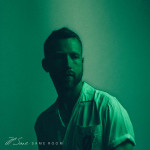
Connect to JP Saxe on
Facebook, Twitter, Instagram
Discover new music on Atwood Magazine
? © Catie Laffoon
:: Stream JP Saxe ::
This Just In: JP Saxe & Charlotte Lawrence Compel with Phenomenal “The Few Things”


